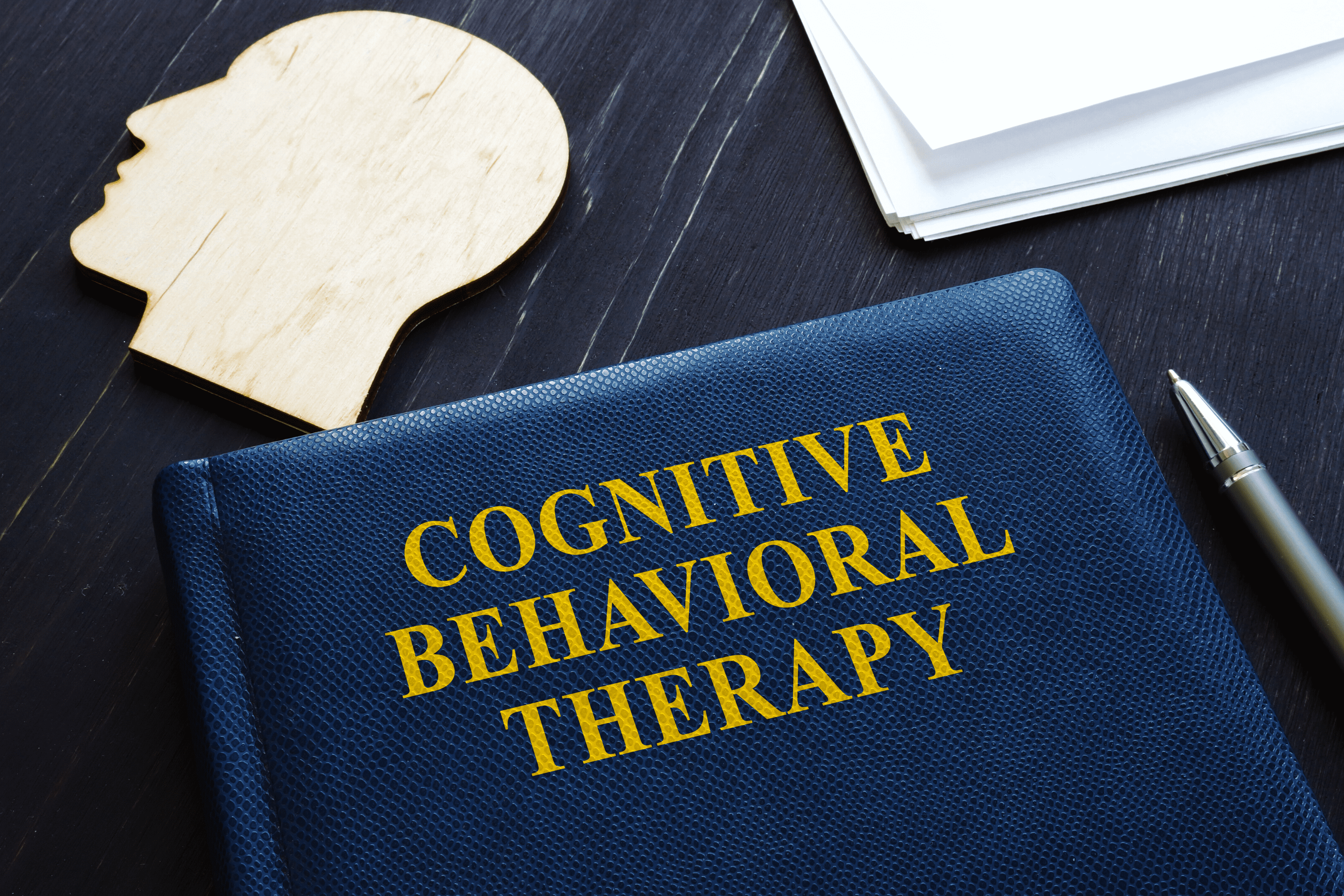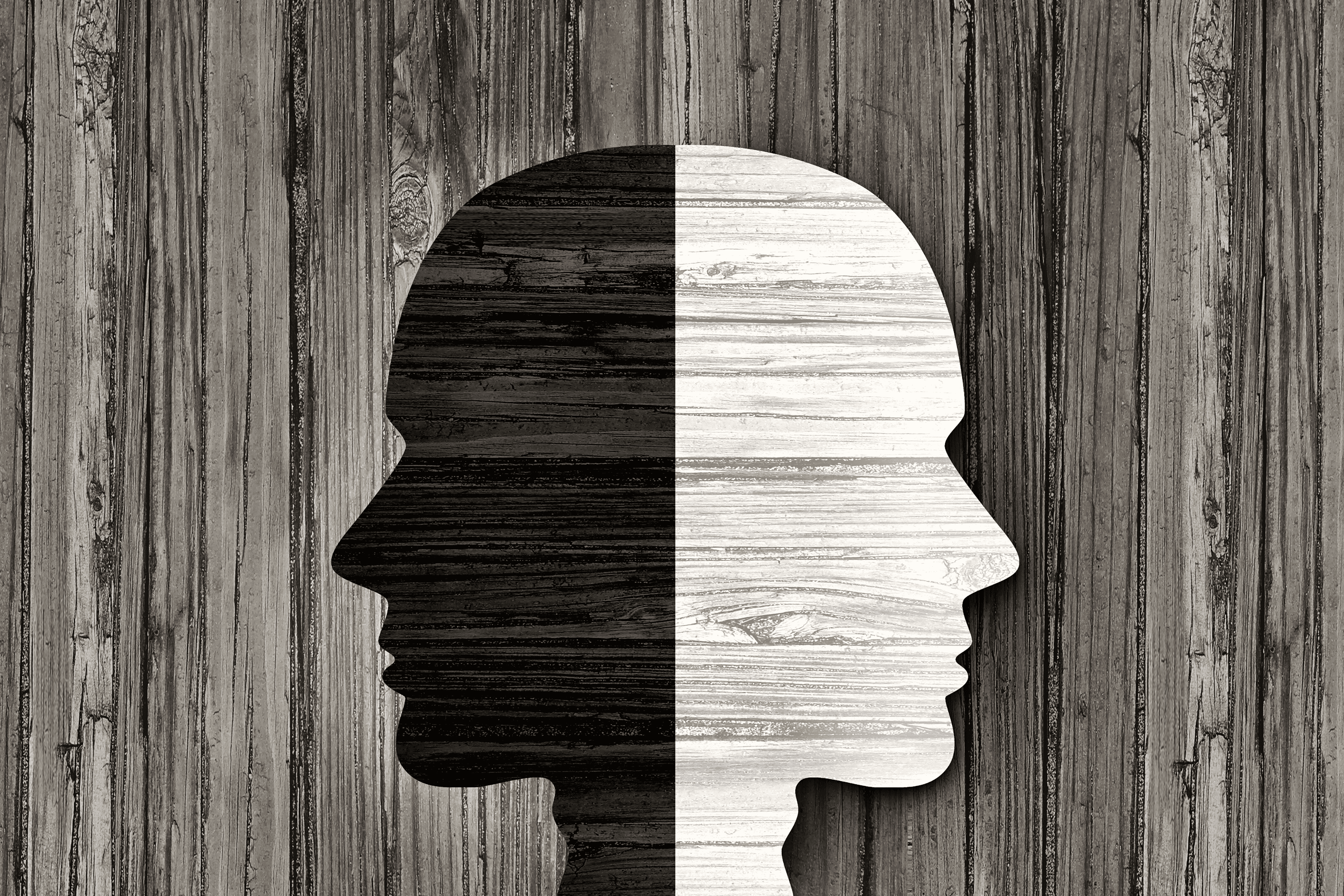
Recently a friend of mine’s teenage daughter was going through a difficult time. They were desperate to find a therapy style that would work to support her needs. And spent a great deal of time researching, talking and investigating different therapeutic styles that would support their daughter. And wounnd-up finding a CBT therapist and after weeks of intensive therapy. Their daughter is doing well. Her mom attributes it to cognitive behavior therapy and said that it was such a game-changer I should look into it and become cognitive behavior therapy certified myself.
So what is cognitive behavior therapy? And who is it good for? Healthline.com describes it as “Cognitive behavioral therapy (CBT) is a treatment approach that helps you recognize negative or unhelpful thought and behavior patterns.Cognitive behavior therapy aims to help you identify and explore the ways your emotions and thoughts can affect your actions.
Once you notice these patterns, you can begin learning how to change your behaviors and develop new coping strategies. Cognitive behavior therapy addresses the here and now, and focuses less on the past. For some conditions in some people, other forms of psychotherapy are equally or even more effective. The key is that there is no one size that fits all.
Cognitive behavior therapy is largely based on the idea that your thoughts, emotions, and actions are connected. In other words, the way you think and feel about something can affect what you do. If you’re under a lot of stress at work, for example, you might see situations differently and make choices you wouldn’t ordinarily make. But another key concept of CBT is that these thought and behavior patterns can be changed.”
According to the American Psychological Association, the core concepts of cognitive behavior therapy include:
- psychological issues are partly based on unhelpful ways of thinking
- psychological issues are partly based on learned patterns of behavior
- those living with these issues can improve with better coping mechanisms and management to help relieve their symptoms
Some popular CBT techniques that work
The Healthline.com website has an awesome lineup of cognitive behavior therapy techniques that therapists find useful. Typical treatment often involves the following:
- recognizing how inaccurate thinking can worsen problems
- learning new problem-solving skills
- gaining confidence and a better understanding and appreciation of your self-worth
- learning how to face fears and challenges
- using role play and calming techniques when faced with potentially challenging situations
The goal of these techniques is to replace unhelpful or self-defeating thoughts with more encouraging and realistic ones.
For example, “I’ll never have a lasting relationship” might become, “None of my previous relationships have lasted very long. Reconsidering what I really need from a partner could help me find someone I’ll be compatible with long term.”

These are some of the most popular techniques used in CBT
- SMART goals. SMART goals are specific, measurable, achievable, realistic, and time-limited.
- Guided discovery and questioning. By questioning the assumptions you have about yourself or your current situation, your therapist can help you learn to challenge these thoughts and consider different viewpoints.
- Journaling. You might be asked to jot down negative beliefs that come up during the week and the positive ones you can replace them with.
- Self-talk. Your therapist may ask what you tell yourself about a certain situation or experience and challenge you to replace negative or critical self-talk with compassionate, constructive self-talk.
- Cognitive restructuring. This involves looking at any cognitive distortions affecting your thoughts — such as black-and-white thinking, jumping to conclusions, or catastrophizing — and beginning to unravel them.
- Thought recording. In this technique, you’ll record thoughts and feelings experienced during a specific situation, then come up with unbiased evidence supporting your negative belief and evidence against it. You’ll use this evidence to develop a more realistic thought.
- Positive activities. Scheduling a rewarding activity each day can help increase overall positivity and improve your mood. Some examples might be buying yourself fresh flowers or fruit, watching your favorite movie, or taking a picnic lunch to the park.
- Situation exposure. This involves listing situations or things that cause distress, in order of the level of distress they cause, and slowly exposing yourself to these things until they lead to fewer negative feelings. Systematic desensitization is a similar technique where you’ll learn relaxation techniques to help you cope with your feelings in a difficult situation.
Homework is another important part of CBT, regardless of the techniques you use. Just as school assignments helped you practice and develop the skills you learned in class, therapy assignments can help you become more familiar with the skills you’re developing.
This might involve more practice with skills you learn in therapy, such as replacing self-criticizing thoughts with self-compassionate ones or keeping track of unhelpful thoughts in a journal.”

OK, great, another therapy style. But what can Cognitive Behavior Therapy do for me?
Cognitive behavior therapy can be used to treat a vast number of diagnosis such as:
- Depression
- PTSD- Post Traumatic Stress Disorder
- Eating Disorders
- OCD- Obsessive Compulsive Disorder
- Bipolar Disorder
- Substance abuse and misuse, smoking and drinking
- Gambling and other addictions
- Schizophrenia
- Hypochondria – fear of getting ill
- Irrational fears
- Anxiety Disorders that include phobias and panic disorders
It can also be effective in situations like:
- Grief or loss
- Relationship issues
- Chronic Pain
- A breakup or divorce
- relationship difficulties
- a serious health diagnosis, such as cancer
- low self-esteem
- insomnia
- general life stressors
What to Expect when You’re Expecting Cognitive Behavior Therapy
When beginning cognitive behavioral therapy there are a few things you want to be aware of that you can expect prior to beginning services.
The Alphaschool.com site has a detailed description of expectations before therapy begins. At the initial session, the therapist will gather information and ask questions to help identify the situations your child needs help with. It might take a few sessions for the therapist to fully understand your child’s situation and decide together what problems and goals to focus on.
Then the therapist will encourage your child to talk about their thoughts, emotions, and beliefs about these problems. This may include observing self-talk, physical, emotional responses and behaviors in different situations, or your child’s negative beliefs about themselves. Identifying negative or inaccurate thinking can help your child to recognize patterns of thinking that may be contributing to the problem.

Finally, the therapist will encourage the child to reshape negative or inaccurate thinking by assessing whether the view of a situation is based on fact or reality. The child learns to replace the inaccurate thought or negative behavior with more appropriate thoughts and behaviors that help the child cope with and overcome their negative experiences. With practice, helpful thinking and behavior patterns will become a habit and won’t take as much effort.
Success with therapy depends on the child’s ability to express their thoughts, feelings, and experiences. The therapist may ask your child to do activities at home, such as reading, journal writing, or other practices that build on the regular therapy sessions. Doing these homework assignments will help the child practice what they have learned in the therapy sessions.”
Cognitive Behavior therapy can be used when it comes to clients who’ve experienced trauma, it can be used with clients that are also taking medications for different diagnosis, it can be used with parents and children, it can also be used in group and individual therapy scenarios as well.
As always I’m a firm believer that the relationship between the therapist and the patient is also critical. So while you’re trying to find a cognitive behavioral therapist it’s important to find one that fits with who you are and what your goals are.
And I would like to remind people that if you are currently experiencing any kind of mental health distress, it’s important to pick up the phone and call for help. You can call 988 the new suicide hotline number, reach out to a trusted adult, or simply go to the nearest hospital. You do matter and you are important!
